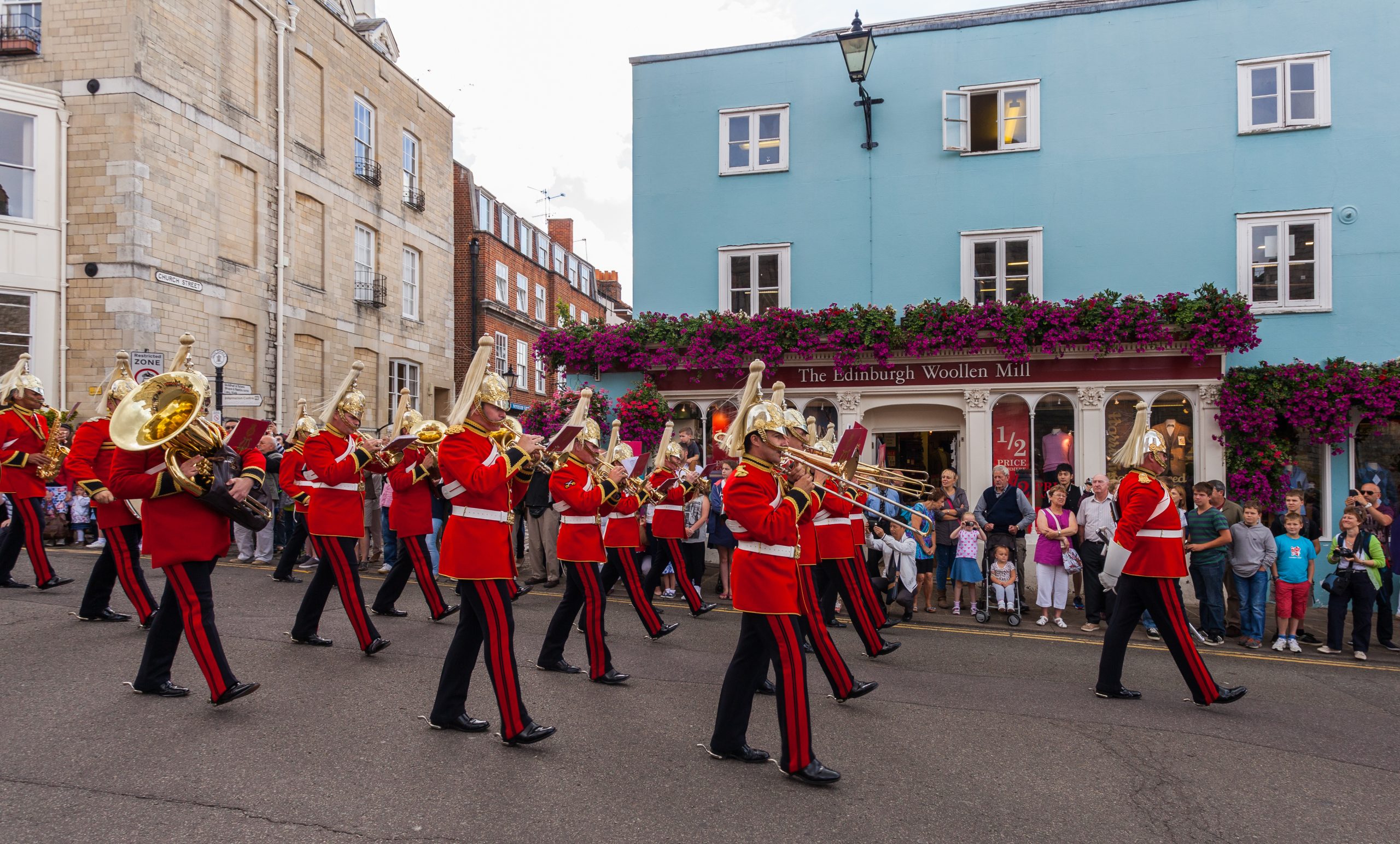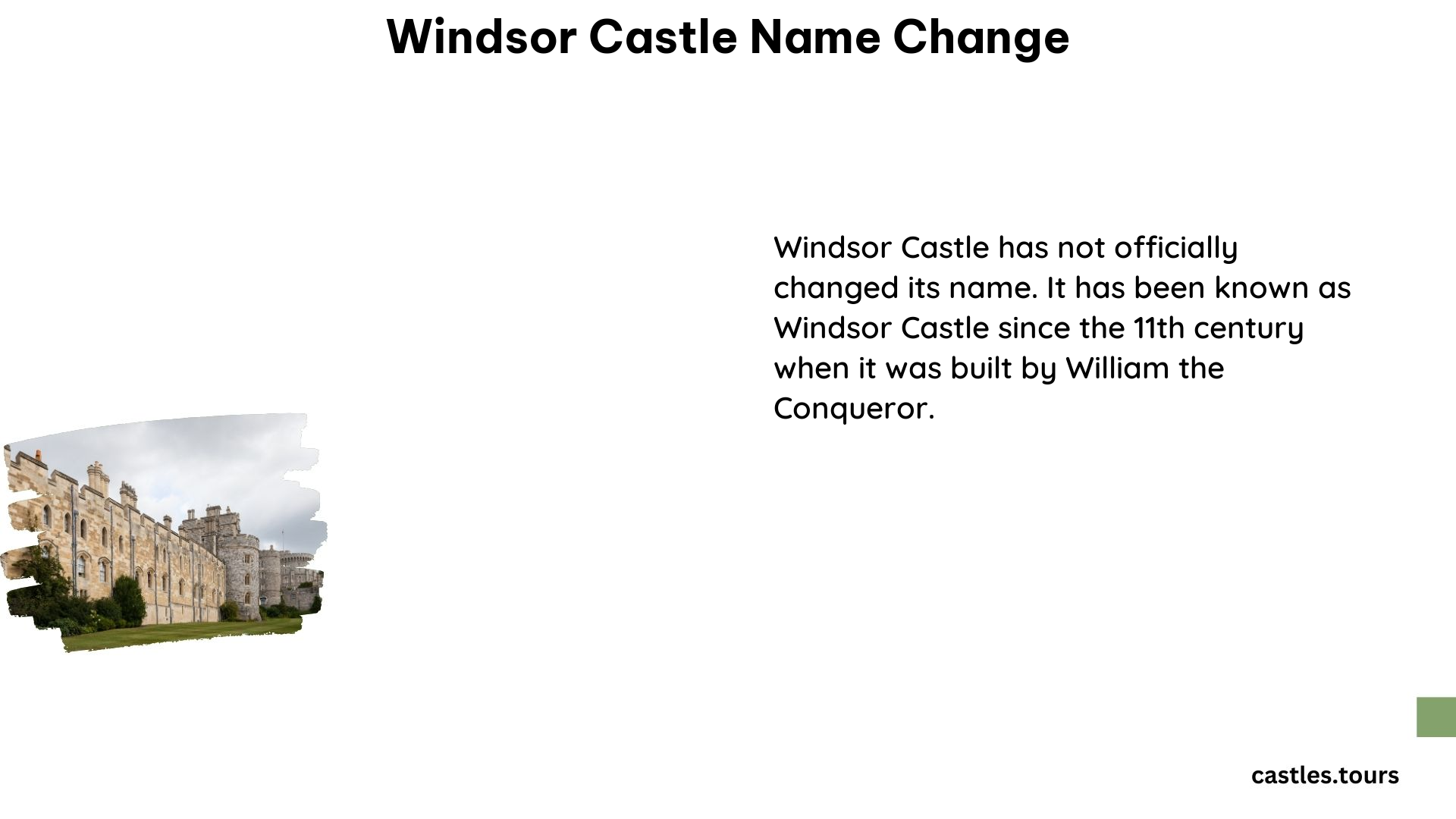The British royal family’s decision to change their name from the House of Saxe-Coburg and Gotha to the House of Windsor in 1917 was a strategic move driven by the anti-German sentiment during World War I. This name change not only distanced the royals from their German heritage but also emphasized their British identity, solidifying their place in the hearts and minds of the British public.
The House of Saxe-Coburg and Gotha: A German Legacy

Before the name change, the royal family was known as the House of Saxe-Coburg and Gotha, a name that reflected their German ancestry. The Saxe-Coburg and Gotha dynasty was a branch of the German royal houses, and this connection became a liability during the tumultuous years of World War I.
The Shift to the House of Windsor

In the midst of the war, the British public’s sentiment towards anything German grew increasingly hostile. The bombing of London by a Gotha aircraft in June 1917 only exacerbated this anti-German sentiment, and the royal family felt the need to distance themselves from their German roots.
On July 17, 1917, King George V issued a proclamation announcing the change of the royal family’s name to the House of Windsor. This decision was a strategic move to emphasize the family’s British identity and sever their ties with Germany.
The Significance of Windsor Castle
The name Windsor was chosen for its strong association with Windsor Castle, a historic and iconic British royal residence. By adopting this name, the royal family reinforced their connection to the country and its heritage, further solidifying their position as the embodiment of British royalty.
The Mountbatten-Windsor Surname
In 1960, Queen Elizabeth II and her husband, Prince Philip, decided to create a new surname, Mountbatten-Windsor, for their untitled descendants. This surname honored both their families, with Mountbatten representing Prince Philip’s family and Windsor representing the royal family’s new name.
Key Facts about the Windsor Castle Name Change
| Fact | Details |
|---|---|
| Original Name | House of Saxe-Coburg and Gotha |
| Reason for Change | Anti-German sentiment during World War I |
| New Name | House of Windsor |
| Date of Change | July 17, 1917 |
| Later Surname | Mountbatten-Windsor (for untitled descendants) |
The Lasting Impact of the Name Change
The Windsor Castle name change was a pivotal moment in the history of the British royal family. By shedding their German heritage and embracing a more British-sounding name, the royals were able to maintain their public image and solidify their position as the embodiment of British national identity.
This strategic rebranding not only helped the royal family navigate the turbulent waters of World War I but also laid the foundation for their continued relevance and popularity in the modern era. The House of Windsor has since become a symbol of British tradition, stability, and resilience, a testament to the far-reaching impact of this name change.
References
- Cosmopolitan – When the Royal Family Changed Their Last Name to Windsor
- The Guardian – British royal family change their name to Windsor – archive 1917
- National Archives – Wettin to Windsor: changing the royal name
